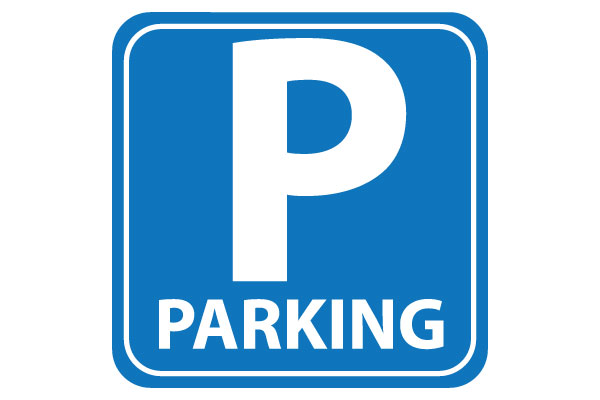Parking Around School - Rules for Blue Badge Holders
Blue Badge Parking Rules
People who can use a Blue Badge
- If you are a Blue Badge holder, it is for your use and benefit only. You cannot use it if the holder is not with you.
- It must only be displayed if you are travelling in the vehicle as a driver or passenger and are personally making use of a parking concession.
- Don’t allow other people to use the badge to do something on your behalf, e.g. shopping, unless you are travelling with them.
- You should not allow people without a disability people to take advantage of the benefits from your badge while you sit in the car.
- You must never give the badge to friends or family to allow them to park for free, even if they are visiting you.
Misusing a Blue Badge
It is a criminal offence for you or anyone else to misuse a badge. You must never copy the badge, try to alter the details or continue to display the badge when you no longer need it.
Misusing a badge could lead to prosecution and a fine of up to £1000
|
Place |
Conditions |
|
Yellow lines |
You may park on single or double yellow lines for up to three hours if it is safe to do so but not within 15m of a junction or where there are restrictions on loading or unloading – indicated by yellow kerb dashes and/or signs on plates. You are not entitled to park on yellow lines in ‘off-street’ car parks. |
|
‘On-street’ Controlled Parking Zones |
You may park free of charge and without time limit at all ‘on-street’ pay and display areas unless a local traffic order specifying a time limit is in force. |
|
‘On-street’ disabled bays |
You may park free of charge and without time limit unless signs say differently. Always try to use these bays instead of parking on yellow lines. |
|
Council owned ‘off-street’ charged car parks |
You may park in disabled parking bays, however, a Blue Badge does not entitle you to free parking. You must make sure your vehicle is parked wholly within the markings of the parking bay or you could be issued with a Penalty Charge Notice. |
|
‘On-street’ parking areas where all motorists can park for free but only for a limited time |
Badge holders may park for as long as they wish unless signs say differently. |
You must not park:
- within 15 metres of a junction
- in places where a ban on loading or unloading is in force (normally indicated by yellow marks on the kerb) at the times shown on the post mounted plates
- in pedestrian areas where waiting and loading restrictions may be in place even though there are no yellow lines shown on the road or kerb - details of restrictions will be shown on signs at the entrance to the area
- where there are double white lines in the centre of a road even if one of the lines is broken
- in parking places reserved for specific users such as resident’s bays, permit holders, doctors, loading bays, taxis, cycles
- in pedestrian crossings (zebra, pelican, toucan and puffin crossings), including any areas marked by zig-zag lines before and after the crossings
- on any clearway within its hours of operation
- at a bus stop –the limits of which are clearly marked on the carriageway
- in a bus or fire lane during its hours of operation
- in a residents parking bay unless there are signs showing you may do so
- on school ‘keep clear’ markings during the hours shown on a yellow no-stopping plate
- where temporary parking restrictions are in force, for example, as indicated by no-waiting cones or the presence of a Police Officer
You must not park where it would endanger, inconvenience or obstruct pedestrians or other road users.
This includes:
- school entrances
- bus stops, on a bend, near the brow of a hill or hump bridge
- where it would make it difficult for others to see clearly, for example, close to or opposite a junction, except in an authorised parking space
- where it would make the road narrow, such as by a traffic island or where roadwork is in progress
- where it would hold up traffic, such as in narrow stretches of road or blocking vehicle entrances
- where emergency vehicles stop or go in and out, such as hospital entrances
- where the kerb has been lowered or the road raised to help wheelchair users
- on a pavement, unless signs permit it
You must only not park where it would endanger, inconvenience or obstruct pedestrians or other road users.

